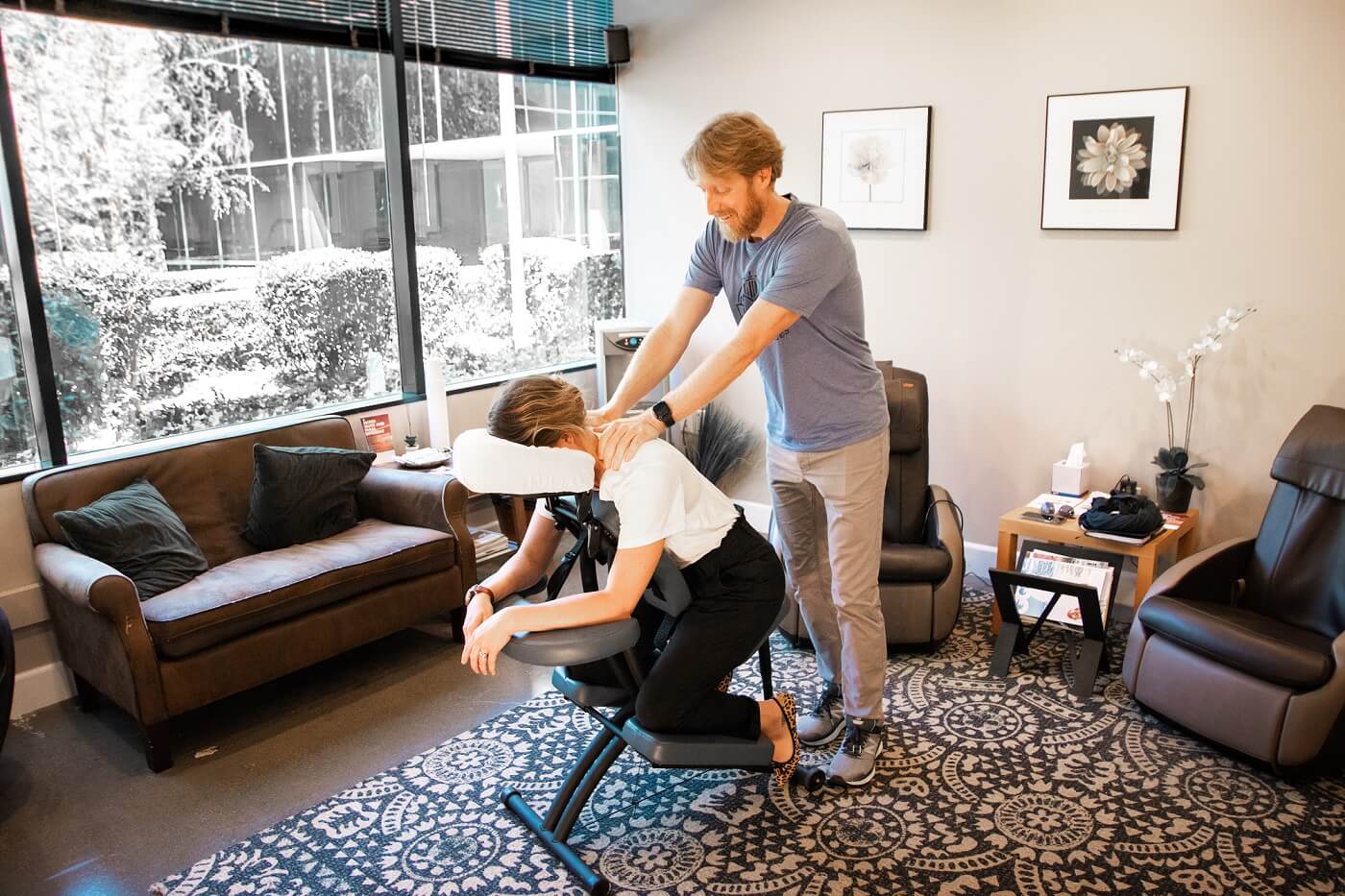When it comes to employee holiday gifts for employees, many companies fall into the same predictable routine: gift cards, branded mugs, or one-size-fits-all swag. While these gestures come from a place of appreciation, they rarely make employees feel truly supported, especially during one of the most stressful times of the year.
Today’s workforce is juggling heavy workloads, constant digital demands, and rising burnout. In that environment, meaningful gifting does more than check a box, it reinforces your culture, boosts morale, and shows your team that their well-being truly matters.
That’s where thoughtful, wellness-focused gifts come in from Body Techniques. HR professionals, business owners, executive assistants, and wellness program decision-makers are increasingly looking for options that help employees recharge, breathe easier, and feel recognized as whole humans, not just workers. By designing experiences that reduce stress and encourage well-being, companies can create gifts that are personal, meaningful, and genuinely supportive.
Below, we’ve put together a collection of curated, wellness-focused employee gift ideas that leave a lasting impact well beyond the holiday season.
Why Wellness-Focused Gifts Matter More Than Ever
Employee stress is at an all-time high, yet meaningful recognition continues to be one of the most effective drivers of engagement, satisfaction, and retention.
Wellness-forward gifts can:
- Reduce stress and burnout
- Encourage healthier daily habits
- Reinforce a supportive, people-first culture
- Improve emotional well-being
- Feel intentional and personalized
Instead of sending another generic item destined for a drawer, wellness gifts show employees that you truly see and value them. Partnering with wellness providers allows companies to offer gifts and experiences that genuinely support their teams, helping them feel cared for in a deeper, more memorable way. Below, we’re about to dive into five thoughtful wellness gift options that can make a real impact for your employees.
1. Relaxation-Focused Experiences (The Gift of Calm)
Experiences create lasting emotional impact. When those experiences reduce stress, they become even more meaningful. Next, we’ll highlight two standout ways to provide relaxation: chair massages and guided meditation sessions.
- Chair Massage Sessions
One of the most universally appreciated ways to support employee wellness is through professional chair massage. Whether you’re planning an in-office holiday event or gifting individual relaxation sessions, massage provides immediate relief from tension and mental fatigue.
For onsite teams, consider corporate chair massage services. For hybrid or remote teams, vouchers or virtual wellness packages can offer similar benefits.
- Guided Meditation Sessions
A short, structured meditation can reset an employee’s stress levels within minutes. Host a live session during the holidays or bring in a trained facilitator through mindfulness and meditation programs.
2. Thoughtful Wellness Products That Improve Daily Comfort
These aren’t generic swag items, they’re small but meaningful enhancements that help employees feel better throughout the day. Here are four wellness products that provide some of the most effective ways to support daily well-being:
- Aromatherapy Kits
Essential oils like lavender, eucalyptus, and chamomile bring moments of calm into a busy schedule.
- Ergonomic Desk Tools
Support better posture and reduce strain with items such as:
- Lumbar cushions
- Ergonomic mouse devices
- Footrests
- Desk risers
- Mindfulness or Gratitude Journals
A few reflective minutes each day can help employees reset, gain clarity, and maintain emotional balance.
- Weighted Blankets or Lap Pads
These offer grounding and comfort, helping reduce anxiety and stress.
Why these work:
Each of these wellness products enhances employees’ daily environment. Whether at home or in the office, these help by promoting comfort, reducing stress, supporting healthy habits, and creating small moments of calm throughout the day.
3. Team-Based Wellness Gifts That Strengthen Culture
Holiday gifting is also an opportunity to reinforce connection and community across teams. Here are three ways to foster team well-being and culture through thoughtful wellness gifts:
- Wellness Workshops
Host virtual or onsite workshops focused on stress relief, breathwork, mindfulness, or stretching. Body Techniques makes planning events around corporate wellness classes easy and effective.
- A Wellness Day or “Rest Day”
Giving employees dedicated time to recharge, especially during peak Q4 workloads, is one of the most meaningful gifts you can offer.
- Relaxation Spaces or Quiet Rooms
Upgrade an office space with soft lighting, diffusers, aromatherapy, or stretching tools. A quiet retreat gives employees a place to recharge throughout the day.
Why these work:
They reinforce the message that rest isn’t just allowed, it’s encouraged.
- Movement-Inspired Gifts for Better Energy and Stress Relief
Movement is one of the most effective ways to manage stress. Next, we’ll highlight two practical ways to support daily movement: yoga and stretching accessories, and virtual fitness sessions.
- Yoga or Stretching Accessories
Tools like resistance bands, compact mats, and stretch straps encourage employees to loosen up throughout the day.
- Virtual Fitness Sessions
Whether soft movement, yoga, pilates, or stretching, gifting classes gives employees the opportunity to prioritize health within their schedule.
Body Techniques offers a variety of virtual fitness and stretching sessions designed to fit seamlessly into busy workdays.
Why these work:
They empower employees to integrate wellness into their daily routine, at their own pace.
5. The Most Impactful Gift: Stress Relief That Comes to Them
If you want a gift employees will rave about long after December, consider professional relaxation services.
Professional bodywork, like chair massage, restorative stretching, or guided mindfulness, creates immediate calm while supporting long-term stress management.
With corporate wellness programs, businesses can customize massage days, wellness workshops, virtual sessions, and ongoing support built around team size and culture.
Why this works:
It’s personal, restorative, and memorable, sending a clear message that employees’ well-being matters.
How to Choose the Right Gift: A Quick Checklist
Before selecting employee gifts, ask:
- Does it reduce stress or promote well-being?
- Will employees actually use it?
- Does it support mental or physical health?
- Does it align with your company culture?
- Is it thoughtful and personalized?
- Is it inclusive of both remote and onsite teams?
If you’re answering “yes” to most of these, you’re on the right track.
The Shift: Gifting With Intention, Not Obligation
The companies seeing the strongest cultural wins are choosing gifts that matter, not just gifts that are easy. Thoughtful wellness gifting helps teams feel supported, seen, and appreciated.
Intentional gifting acknowledges that employees are human beings with real needs, rest, comfort, balance, and mental clarity. And in today’s workplace, that message has never been more important.
Give Your Team a Wellness Gift They’ll Truly Appreciate
Skip the generic this year. Choose gifts that help employees feel calmer, healthier, and genuinely valued.
Looking for the perfect wellness gift for your team? Explore customizable employee wellness packages to give your staff the gift of relaxation and appreciation this holiday season.












